Samson and Delilah 1887
Located at Bilbao Fine Arts Museum
[br]
Jose Etxenagusia Errazkin (José Echenagusía Errazquin) was a 19th century Basque painter. His works are signed, 'Echena'.
Conceived in 1886 and completed in 1887 to be displayed at that year's National Exhibition in Madrid, the painting Samson and Delilah was first shown to great acclaim in the artist's Roman studio. With a red...
- Size:
- 183.7 cm x 200.8 cm
- Medium:
- Oil on canvas
- Credit:
- This image may be subject to copyright
More from this artist...
Loading...
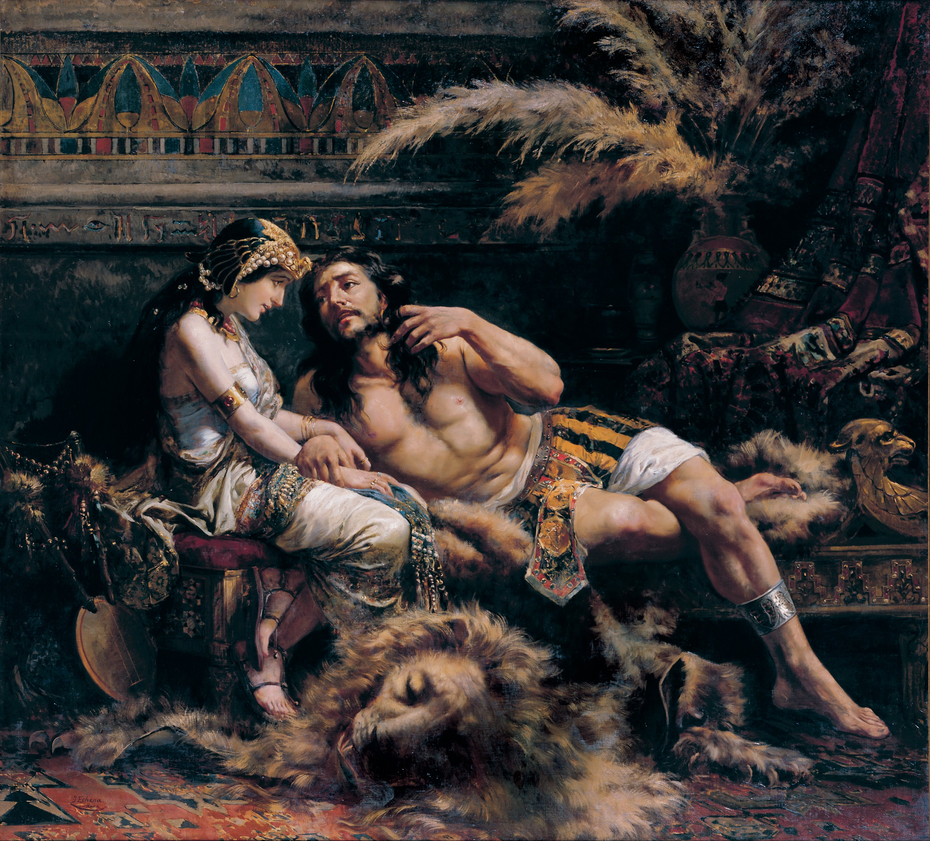

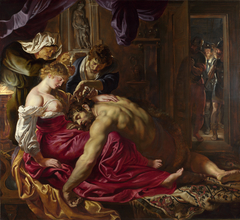

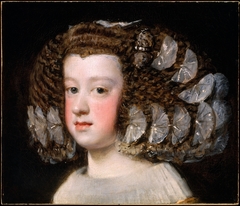
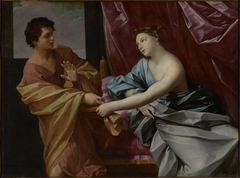
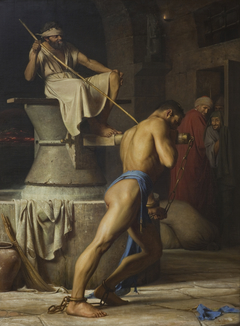


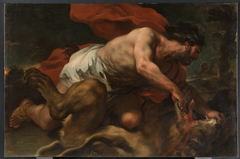
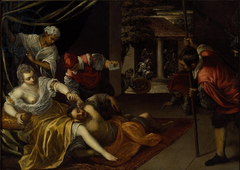
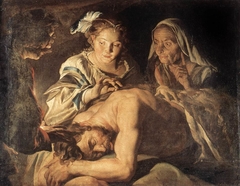
Discussion